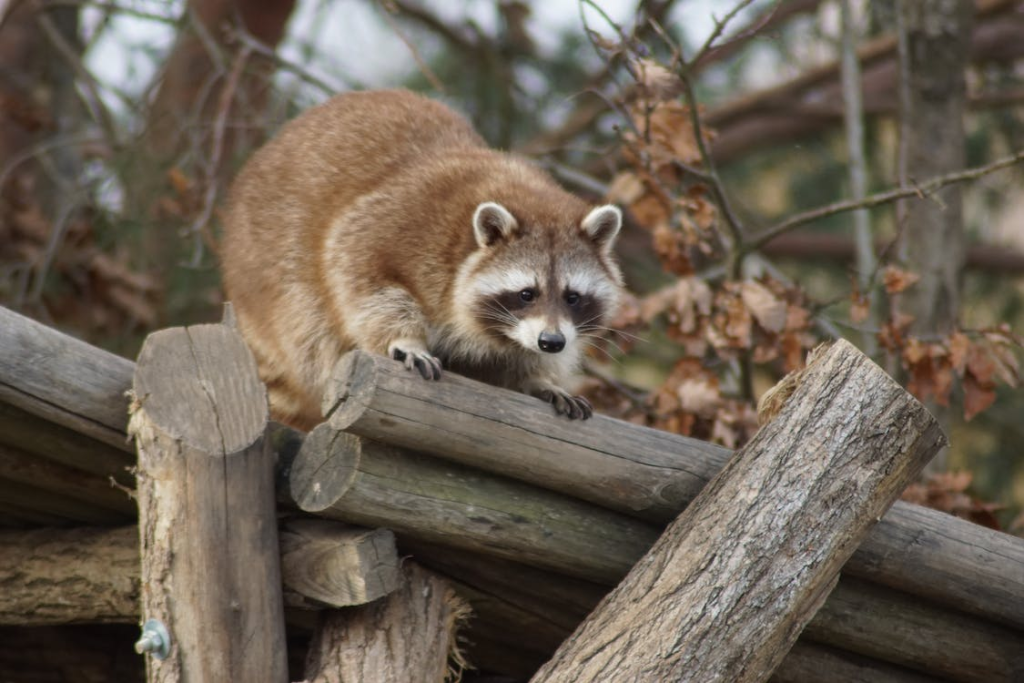Wild critters trespassing are a frequent problem in many US states, including Texas. Raccoons are among the most common animals to meet in houses. Some people equate them to pests and later find themselves in more trouble ‘cause of violated legal regulations. After you read more information about raccoons in the article below or at https://critterstop.com/safe-wildlife-removal/raccoon-removal/, you will have a much better understanding of how to deal with them.
Signs of Presence
When you notice footprints, bite marks, and other signs of a wild creature living inside or near your house, you should know how to identify it. Raccoons leave some specific signs that are hard to miss:
- Litter and raffle. Raccoons have a strong sense of smell, which helps them find food from a long distance. Garbage cans seem to be completely irresistible for them. And that is a big problem, as while they try to get to the food they smell, raccoons will scatter everything else around.
- Droppings. Raccoons are not the type of critter to leave their waste products all over your house. Usually, they settle down in a quiet place, like an attic, then find some other spot nearby to use as a privy. If you suspect you have a raccoon in your attic, have a better look around, and you will quickly spot (or rather smell) that spot.
- Fresh bite marks. No wooden object or insulation can stand between the raccoon and the place it deems to be the most comfortable to settle down. If the raccoon sees an obstruction, it makes its way through by chewing on everything and anything.
- Nasty nests. Pieces of insulation, twigs, rugs, straw, fur, feathers, and other things that are good at heat retention are the most typical materials for raccoon nests. If you see a pile of bits and pieces in a place where they are not supposed to be, you have found a nest that is either still in use or is already abandoned.
- Damaged lawn. Food leftovers are not the only part of the raccoons’ diet. They also have no trouble snacking on some insects, plants, and other edible objects they can find in your lawn and garden. If you grow fruit or vegetables, raccoons may want to take a bit (or a lot) of your harvest.
The more attention you pay to how tidy your house’s interior and exterior are, the more chances you have to identify the raccoon’s presence early. Remember that any critter will smell and make noise, so pay particular attention to odors and strange sounds, especially if they are coming from above.
Typical Behavior
By getting familiar with the most typical raccoons’ behavior, you will ensure you always know what to expect from their visits. You can even predict the time of their next appearance based on seasonal weather changes. So, here is the list of the most prominent behavior patterns you need to be aware of:
- they are curious to the point of neglecting their safety while exploring new territories;
- they are adaptable and can live comfortably in the urban areas;
- they are not selective in food and eat whatever they can find or kill;
- their front paws resemble human hands, so they dexterously manipulate any objects;
- they have well-developed sensors for food searching and danger identification;
- these animals stick with their families and can cooperate with the other raccoons;
- they prefer dens as living and breeding spaces, so in your house, they will try to find or make something that resembles a burrow, e.g., a chimney;
- in winter, they are passive and can even fall into a state of torpor;
- mating period begins on the edge of winter and spring;
- their gestation period is approximately 63 days long, during which a female is looking for a cozy shelter;
- they mark territory with their pheromones;
- they communicate using both body language and sounds, such as purring, chattering, growling, and hissing.
Understanding these behavior models will help you to detect intrusion early and eliminate the problem promptly. The easiest, fastest, and safest way to deal with the unwanted company is to call a professional wildlife removal service.
Conclusion
Raccoons are intelligent animals that learn and explore new territories all the time. This is one of the main reasons why they come to people’s habitat so often. Attracted by bright night lights and food smells, they try to find a better place to live and breed. If you discover a raccoon in your home, be sensible in your actions and analyze if it is time for kits to appear. Remember that parent raccoons are much more defensive and can be dangerous. An attempt to get their family out of your house without professional help may result in serious risk to your health and the animals’ lives.

